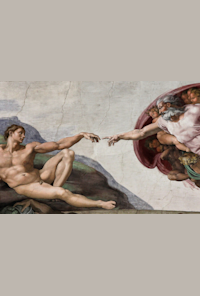


Eternal Light: Harmony from another world
Дял
Eternal Light: Harmony from another world by Allegri, Gregorio, Biber, H. I. F. V., нед 25 авг 2024, от (2024/2024), диригент Erin Helyard, City Recital Hall, Sydney City, Australia
Разглеждане на артистите и постановъчната трупа 25 авг 2024
Изберете РаботаMiserere, Allegri, Gregorio
Продуцент
Conductor
В ролите
Soloists
Chorus
Инструментариум
Violin
Viola
Cello
Viola da Gamba
Sackbut
Theorbo
Harp
Pipe Organ
Постановъчната трупа
Lighting designer
Ornamentalist
Ансамбъл
Оркестър
Хор
Програмата е частично налична
2
Eternal Light: Harmony from another world
Научете повече за композитора
Научете повече за музикалната работа



